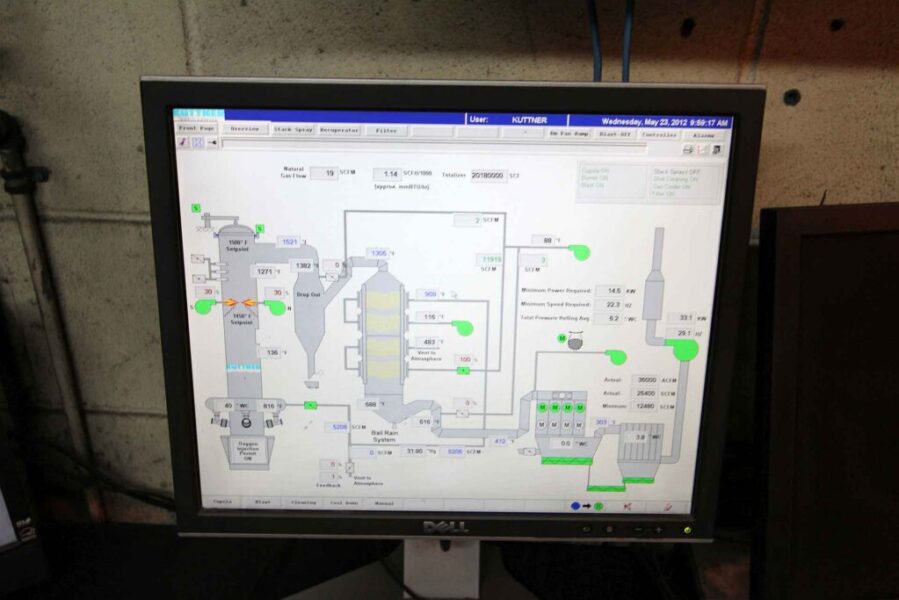Green sand casting is a reliable and consistent metal molding process. It’s cost-effective and versatile, able to accommodate a wide range of custom casting designs, including large and somewhat complex molded parts. However, just like with other casting methods, there are some common manufacturing defects that foundries have to look out for.
At Acme Foundry, we employ a rigorous quality control process to both minimize defects and identify any defective parts that make it through. You can learn more about what goes into our robust quality control system in our previous blog: A Look Inside the Foundry Quality Control Process.
Expanding on the general quality control process, let’s take a look at the specific part defects we watch out for, as well as how our casting process is engineered to prevent them.
Green Sand Casting Defects Explained:
Shrinkage Defects
Shrinkage defects form as voids due to the metal’s volume reduction during solidification. We mitigate shrinkage through the integration of well-designed risers, chills, and gating systems that encourage directional solidification to achieve more consistent results after cooling.
Blowholes
One of the most common defects is blowholes, which appear as round or oval cavities caused by trapped gases during solidification. These are typically due to excessive moisture in the green sand, poor mold venting, high binder content, or low sand permeability.
To prevent blowholes, we maintain a precise moisture content within the optimal range (typically 2 – 4%). We must ensure proper grain size before casting, add sufficient vents, and uniformly mix the sand to achieve a consistent compaction from ramming.
Sand Inclusion
Sand inclusion or dirt defects are essentially impurities introduced into the molten metal from the green sand mold itself. Loose particles become embedded in the casting when the mold erodes or is damaged from turbulent metal flow.
We prevent dirt defects by improving the sand’s bonding strength. Additionally, we optimize the gating system to reduce turbulence and achieve more consistent flow results. Depending on the mold design and complexity, we might also employ filters and/or smooth out transitions in sprues/runners when we identify troublesome sand inclusion.
Metal Penetration
Metal penetration occurs when molten metal seeps between sand grains, forming a rough surface. That typically happens with coarse sand, poor mold compaction, or excessive pouring temperatures.
We counter this effect by selecting finer or more properly graded sand for the casting application at hand. Preventing metal penetration means ensuring high mold hardness, as well as maintaining the correct pouring temperature to prevent roughing up the mold surface.
Scabbing
Similar to the metal penetration effect, scabbing is a surface defect where molten metal lifts and peels a layer of mold material, often due to poor thermal expansion control or low mold collapsibility. To prevent scabbing, we may include special additives like sea coal to optimize clay and grain content, ensuring even ramming and proper compaction.
Misruns and Cold Shuts
Misruns and cold shuts result from incomplete filling of the mold cavity or the failure of two molten streams to merge, respectively. These defects often stem from low metal temperature, slow pouring, or poor gating design.
To prevent misruns, we continuously maintain optimum pouring temperatures and rates, with efficient gating systems that allow smooth and complete cavity fill. In some cases, preheating the mold is also necessary.
Quality American Casting Services Since 1905
Established in 1905 in Coffeyville, Kansas, Acme Foundry has proudly remained one of America’s leading gray iron casting providers for well over a century.

